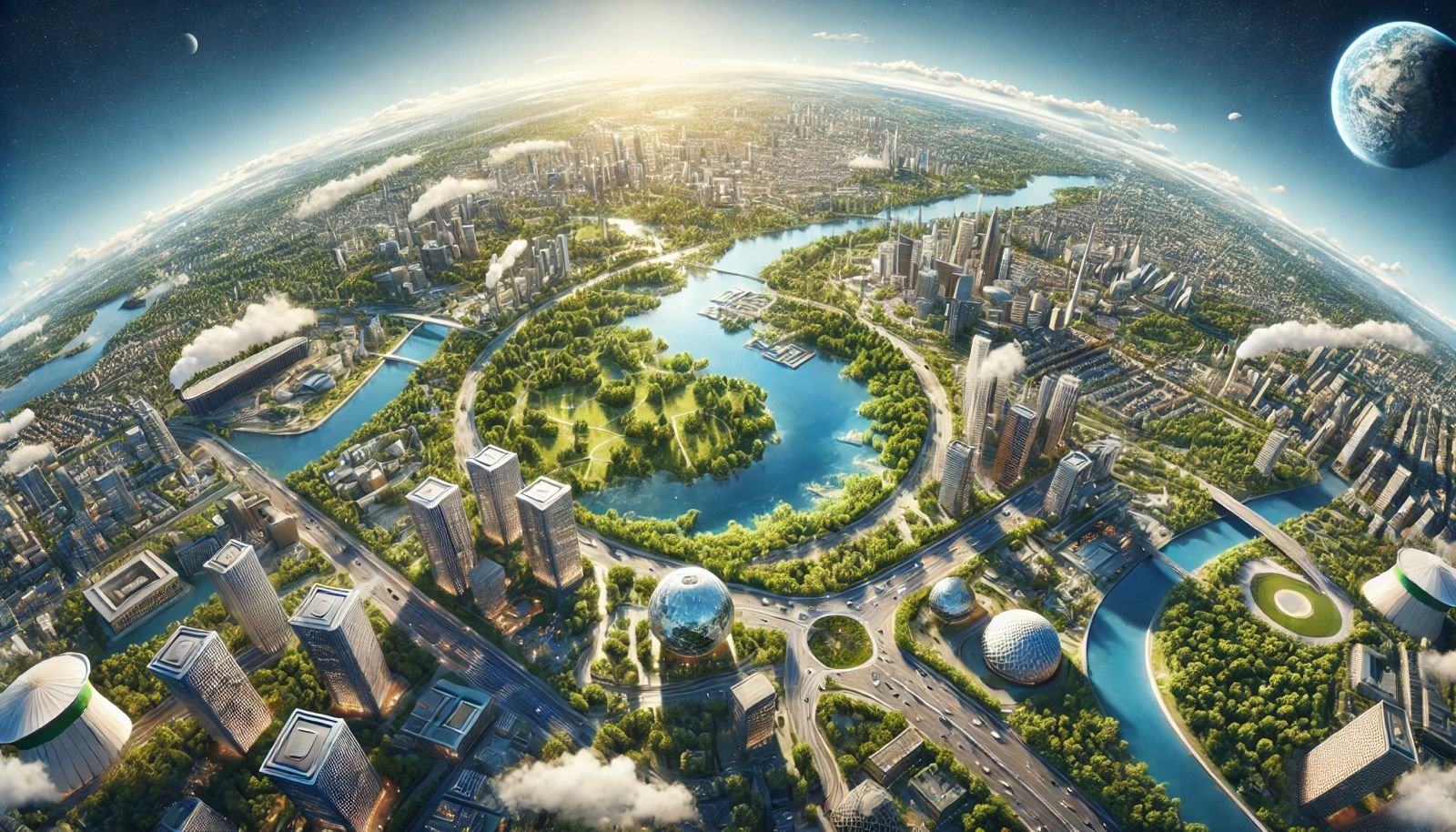
What are the 5 cleanest countries in the world?
Cleanliness reflects a nation's dedication to environmental sustainability and public well-being. Countries like Sweden, Finland, and Singapore excel with policies on waste management, public engagement, and sustainable practices. This blog explores the five cleanest countries globally, examining how they maintain their pristine environments. For those seeking efficient home upkeep, services like Sparkly Maid NYC ensure clean living spaces in bustling cities.

Which is the best country to work as a cleaner?
When looking at the best countries for cleaning work, factors like job availability, wages, and quality of life play crucial roles. Finland, New Zealand, Australia, Canada, and the UAE stand out, offering reliable cleaning jobs, fair wages, and good working conditions. Whether it's competitive salaries in Australia or tax-free income in the UAE, each country presents unique benefits for cleaners.
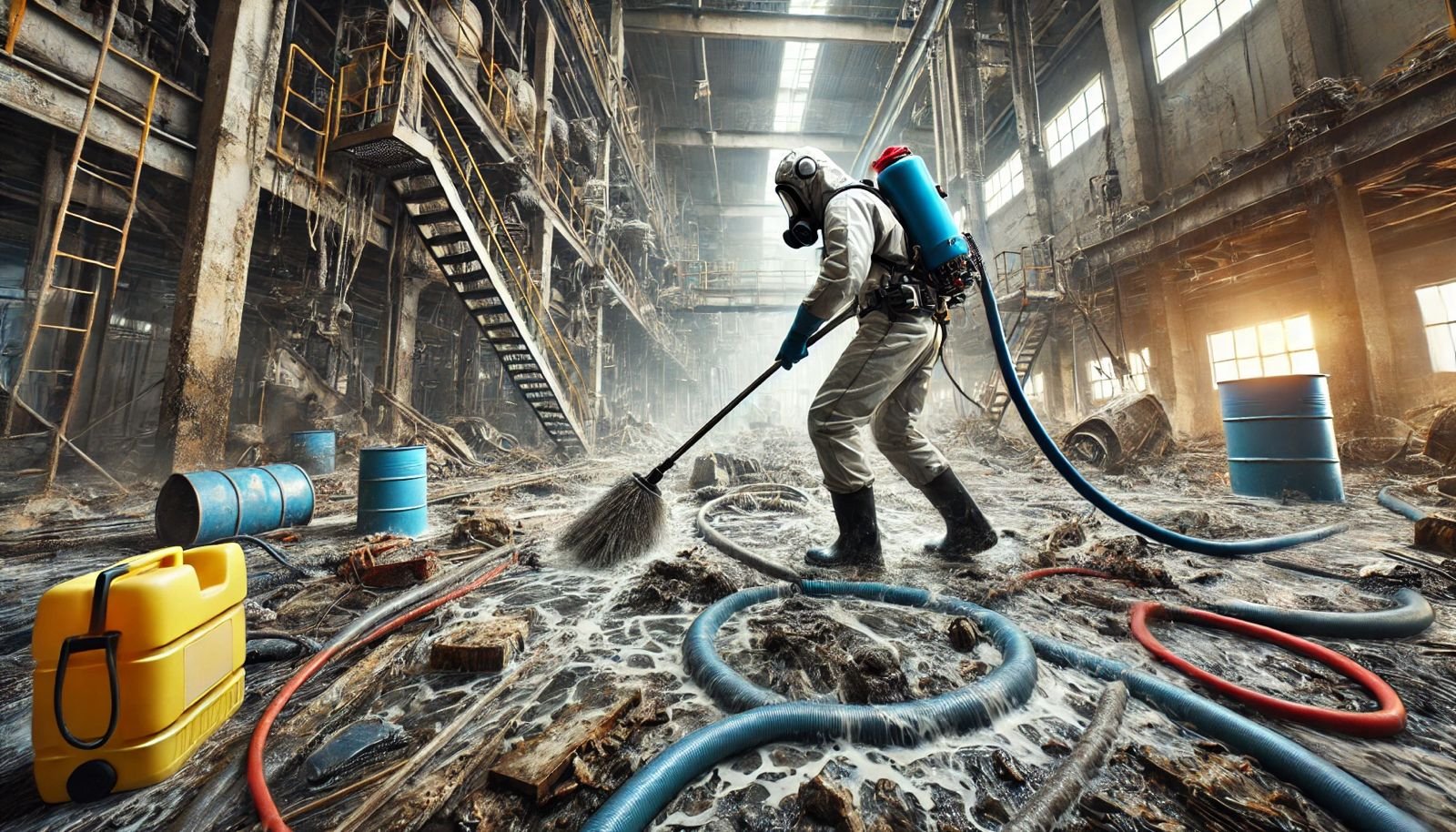
What is the hardest cleaning job?
Some cleaning tasks, like post-construction cleanup and deep cleaning for move-ins or move-outs, are exceptionally challenging. These jobs require specialized skills and equipment to tackle heavy grime and hard-to-reach areas. Sparkly Maid NYC offers professional apartment cleaning solutions to handle these demanding tasks efficiently, ensuring a spotless, healthy environment.

What type of cleaning makes the most money?
Cleaning services have seen tremendous growth as demand for hygiene rises. The most profitable cleaning niches include residential, commercial, and specialty services, like post-construction and move-out cleanings. Green cleaning is gaining traction with eco-conscious clients, while deep cleaning offers higher rates. For quality service, firms like Sparkly Maid NYC set the standard.

What is the highest-paid cleaning job?
In New York City, cleaner hourly rates vary widely depending on job type, experience, and neighborhood. On average, cleaners earn around $16.66 per hour, while specialized roles in healthcare or luxury apartments can command higher rates. For top-tier apartment cleaning, companies like Sparkly Maid NYC provide reliable and professional services across NYC.

What is the average cleaner hourly rate in NYC?
In New York City, the average hourly rate for cleaning services ranges from $25 to $50, depending on factors like service type, space size, and cleaner experience. Specialized cleaning like deep cleans or post-construction work may cost more. Services like Sparkly Maid NYC provide various options, ensuring quality for a tidy, welcoming home.
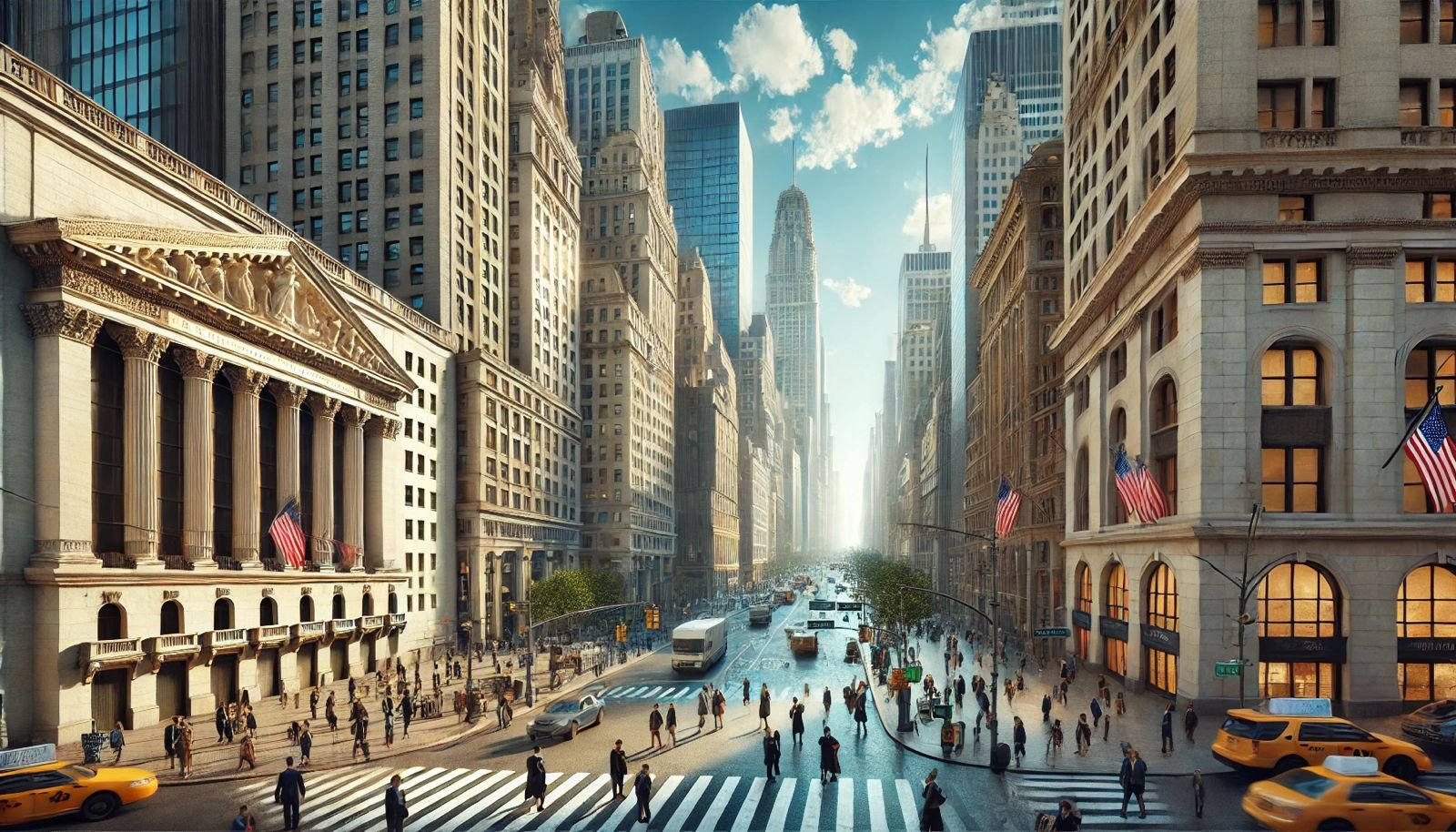
What is the #1 industry in New York?
New York City's largest industry is finance, anchored by global giants like JPMorgan Chase and Goldman Sachs. As a global financial hub, Wall Street fuels NYC's economy, driving demand for luxury services, real estate, and more. Supportive services like Sparkly Maid NYC ensure clean, comfortable living spaces for busy city dwellers.

How much do you tip a house cleaner in NYC?
In New York City, tipping a house cleaner typically ranges between 15-20% of the cleaning cost, depending on service quality and frequency. For regular cleanings, a monthly or holiday tip may suffice, while deep cleans often warrant a higher one-time tip. Expressing gratitude through tips fosters goodwill and acknowledges the cleaner’s hard work.
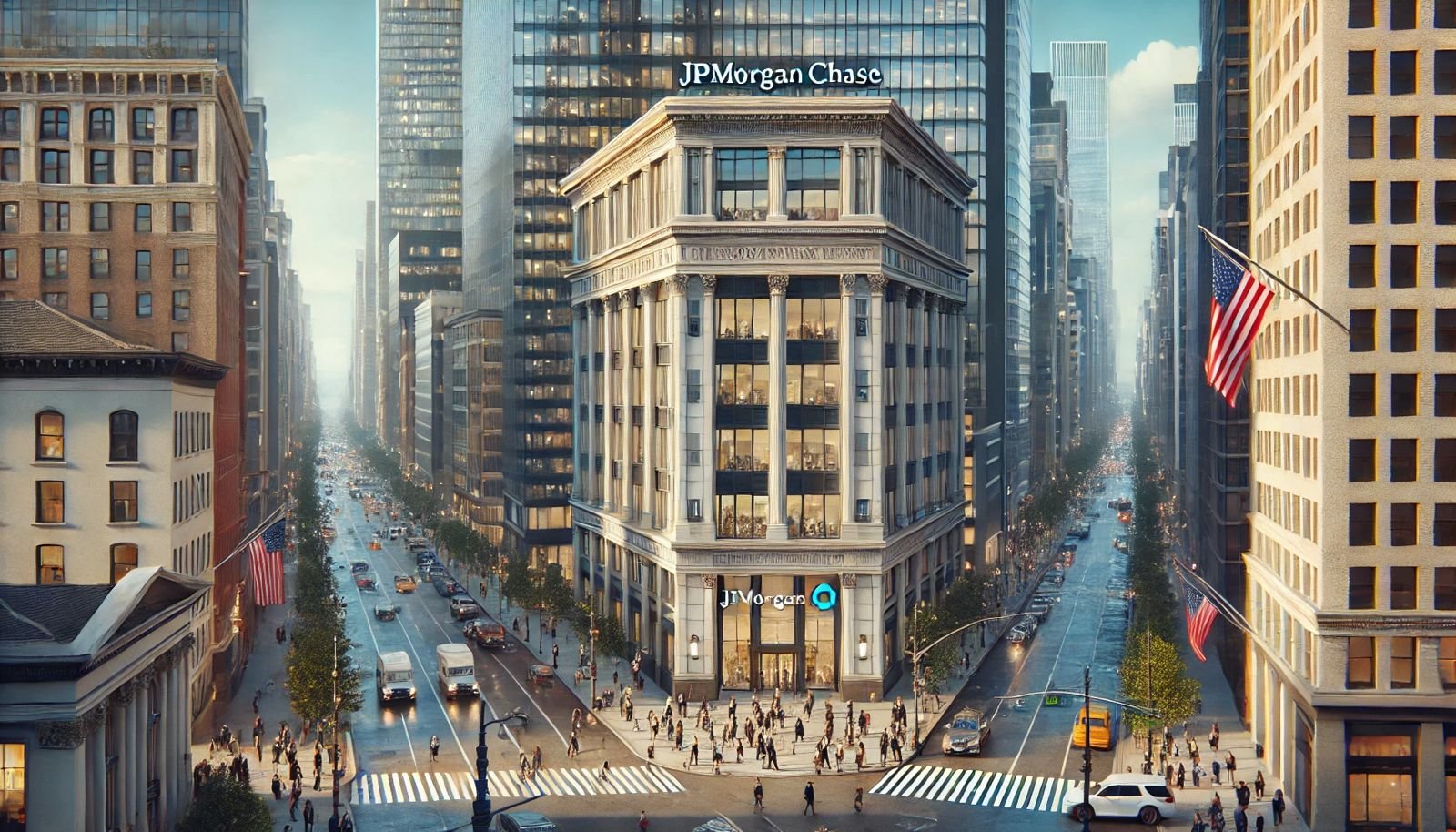
Who is the largest private employer in New York City?
Mount Sinai Health System holds the title of the largest private employer in New York City, employing over 42,000 people across various medical facilities. This highlights healthcare's vital role in NYC's economy and job market. From finance to tech, New York's diverse sectors support employment, with services like Sparkly Maid NYC ensuring quality in urban living.

Who is the highest paid cleaner in the world?
Professional cleaners can achieve impressive earnings, especially in specialized, high-end sectors. In this blog, we explore top-paid cleaners, like those at Sparkly Maid NYC, who excel by providing meticulous and personalized services to luxury clients. Learn how experience, skill, and reputation contribute to high earnings in this essential industry.
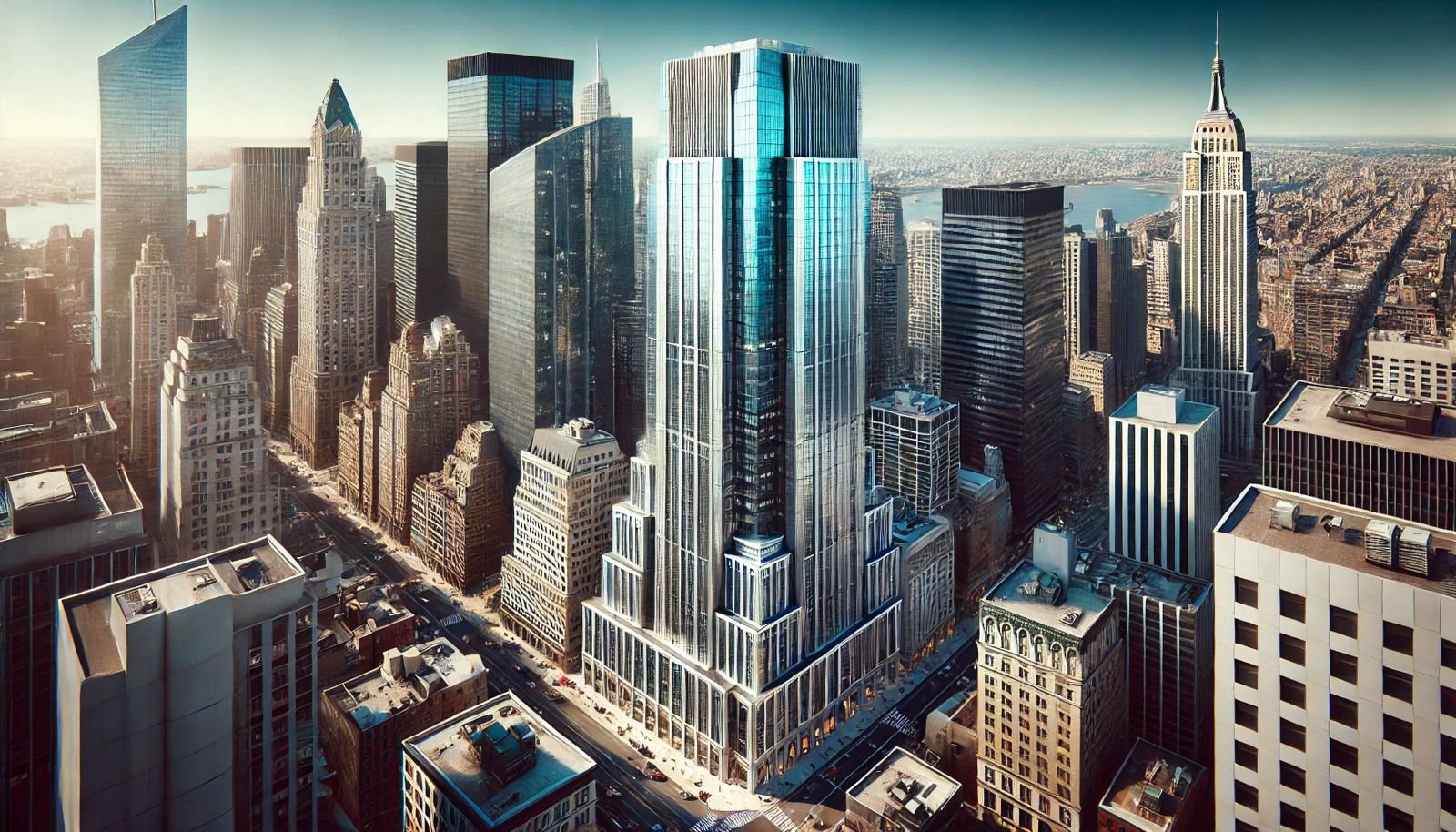
What is the Biggest Company in New York?
New York City is home to some of the world's largest companies, spanning finance, technology, healthcare, and media. This blog explores what makes a company "the biggest" in New York, examining metrics like revenue, market capitalization, and employee count. Giants like JPMorgan Chase, Verizon, and Pfizer shape the city’s economy and global influence.
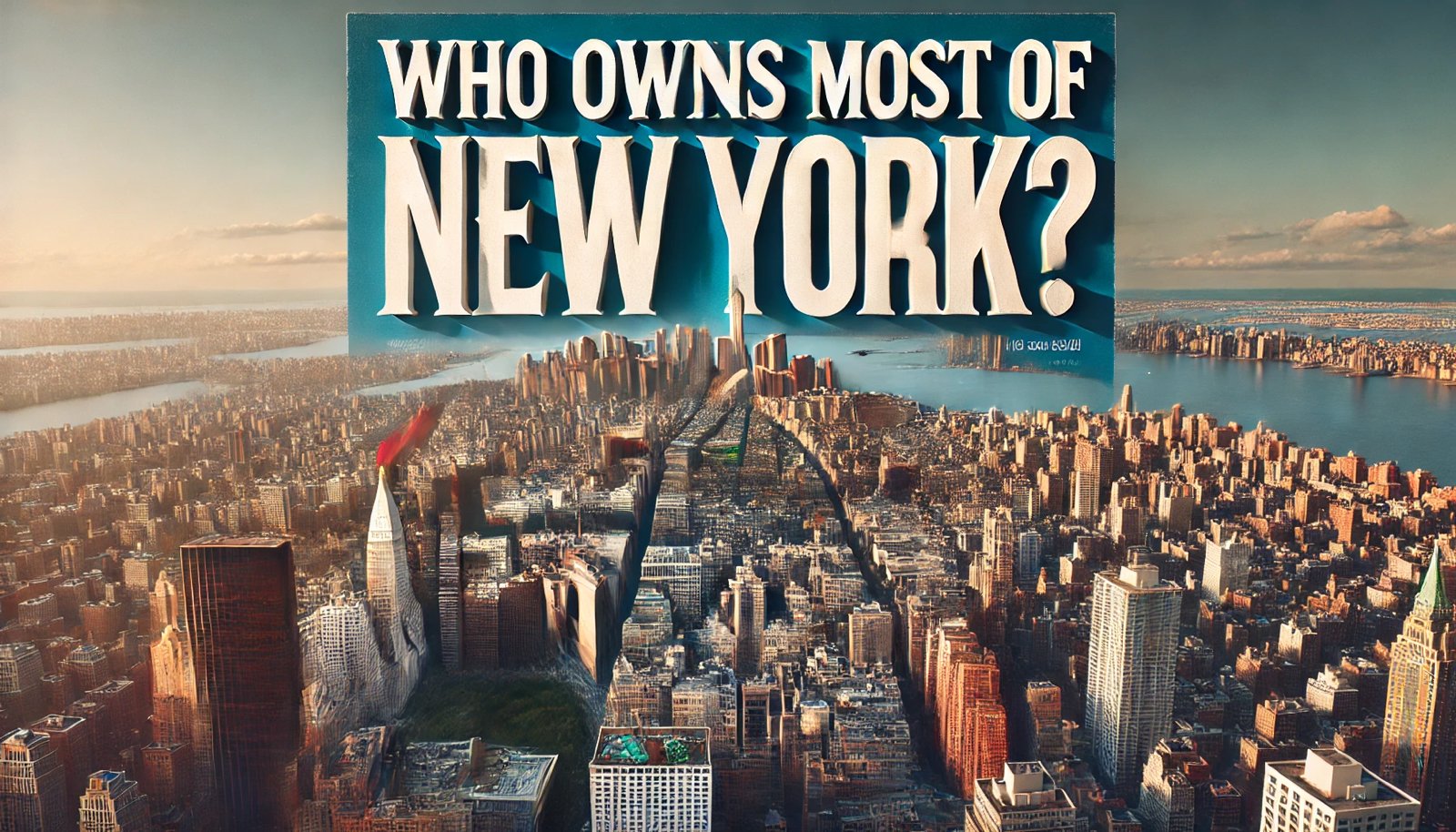
Who owns most of New York
New York City’s skyline and streets conceal a complex network of property ownership, shaping the city’s development and community resources. Government entities, private corporations like Vornado Realty Trust, and educational institutions such as Columbia University hold major portions of NYC’s real estate. This blog explores the city's primary landholders and their impact on urban growth.
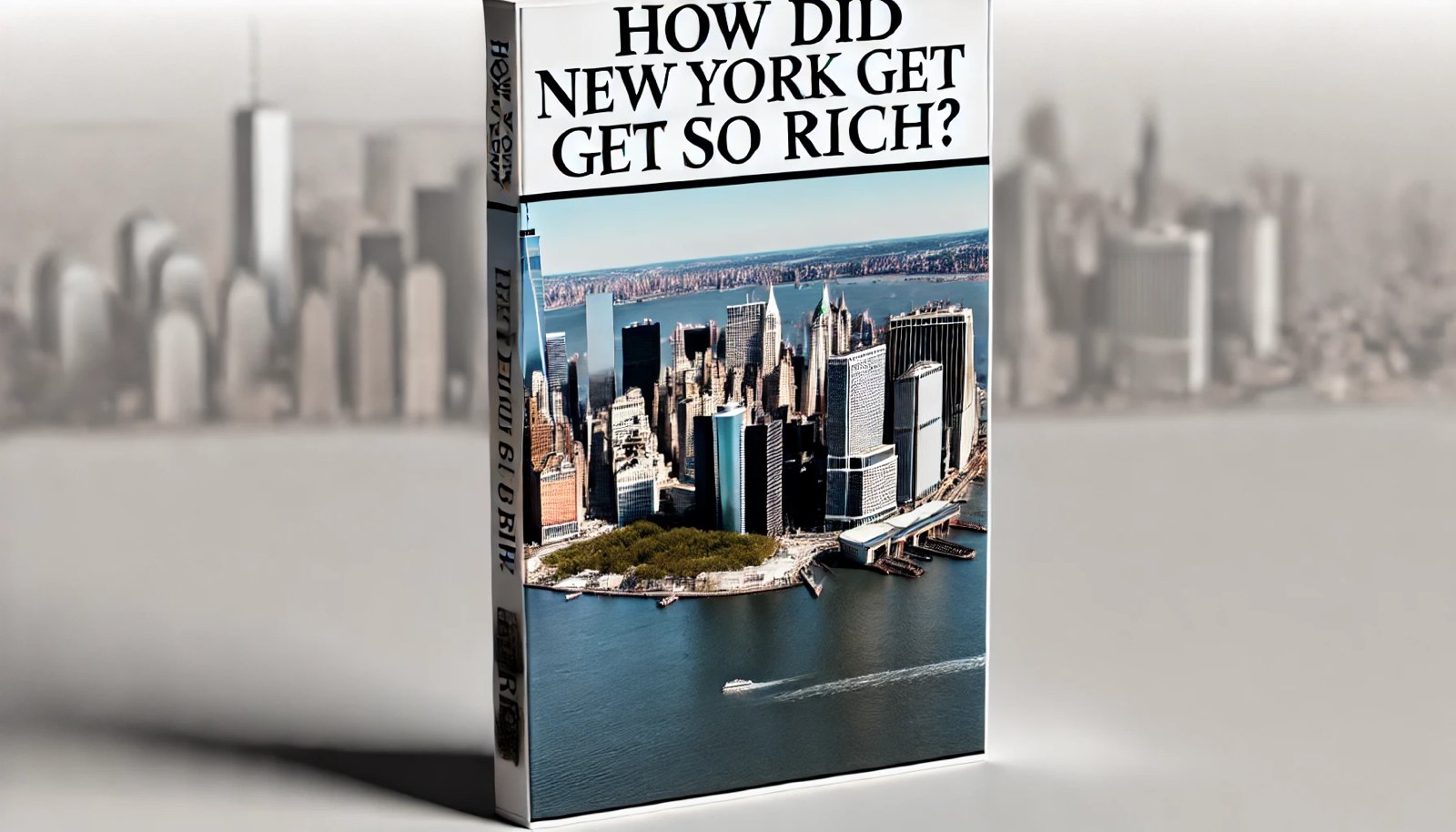
How did New York get so rich?
New York City’s wealth stems from its unique blend of geography, history, and industry. Located at a strategic harbor, the city evolved through waves of immigration, industrialization, and financial growth. This blog explores how factors like Wall Street, a thriving cultural economy, and resilient industries have made New York one of the world’s richest cities.
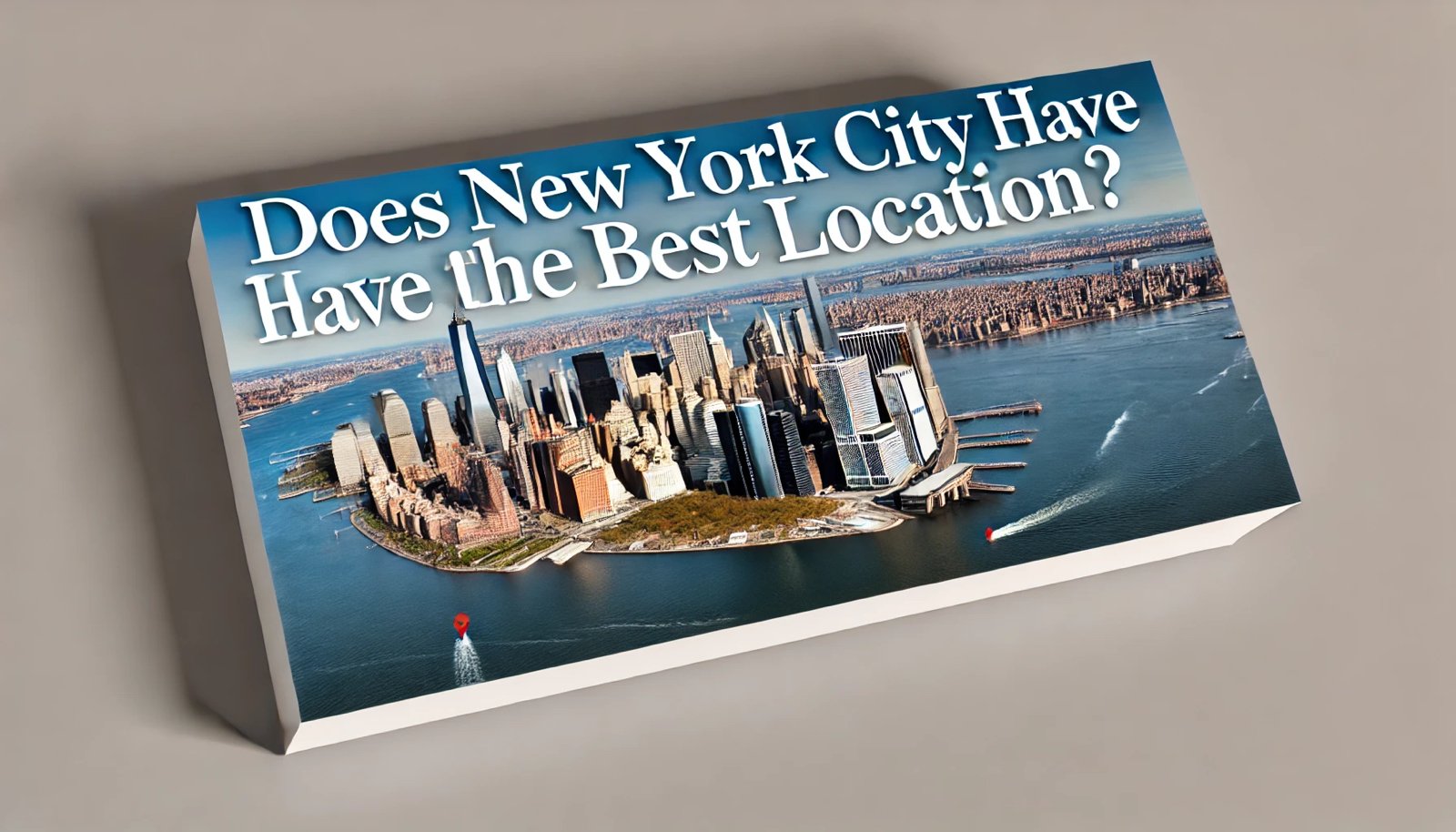
Does New York City have the best location?
New York City’s strategic geography, positioned at the Hudson River’s mouth, has propelled it into a global hub for trade, finance, and culture. Its natural harbor, extensive transport network, and unique topography provide New York with significant economic advantages. This blog explores how geography has been instrumental in shaping the city’s development.
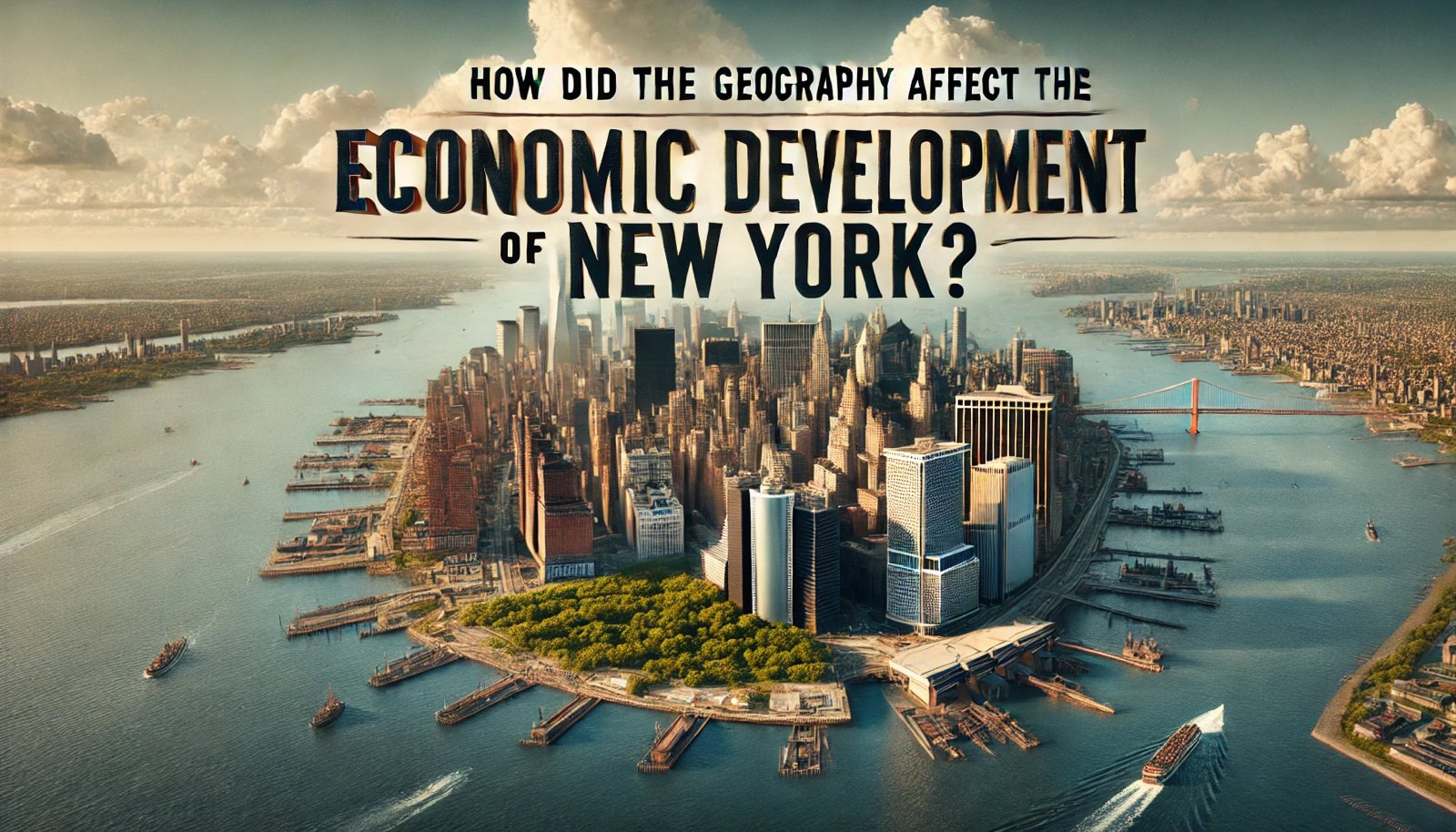
How did geography influence the economical development of New York?
New York City’s economic power is closely tied to its strategic geography. From its location at the Hudson River’s mouth to its natural harbor and extensive transport links, New York’s landscape has fueled its growth into a global trade, finance, and culture hub. This post explores how geography catalyzed New York’s rise.
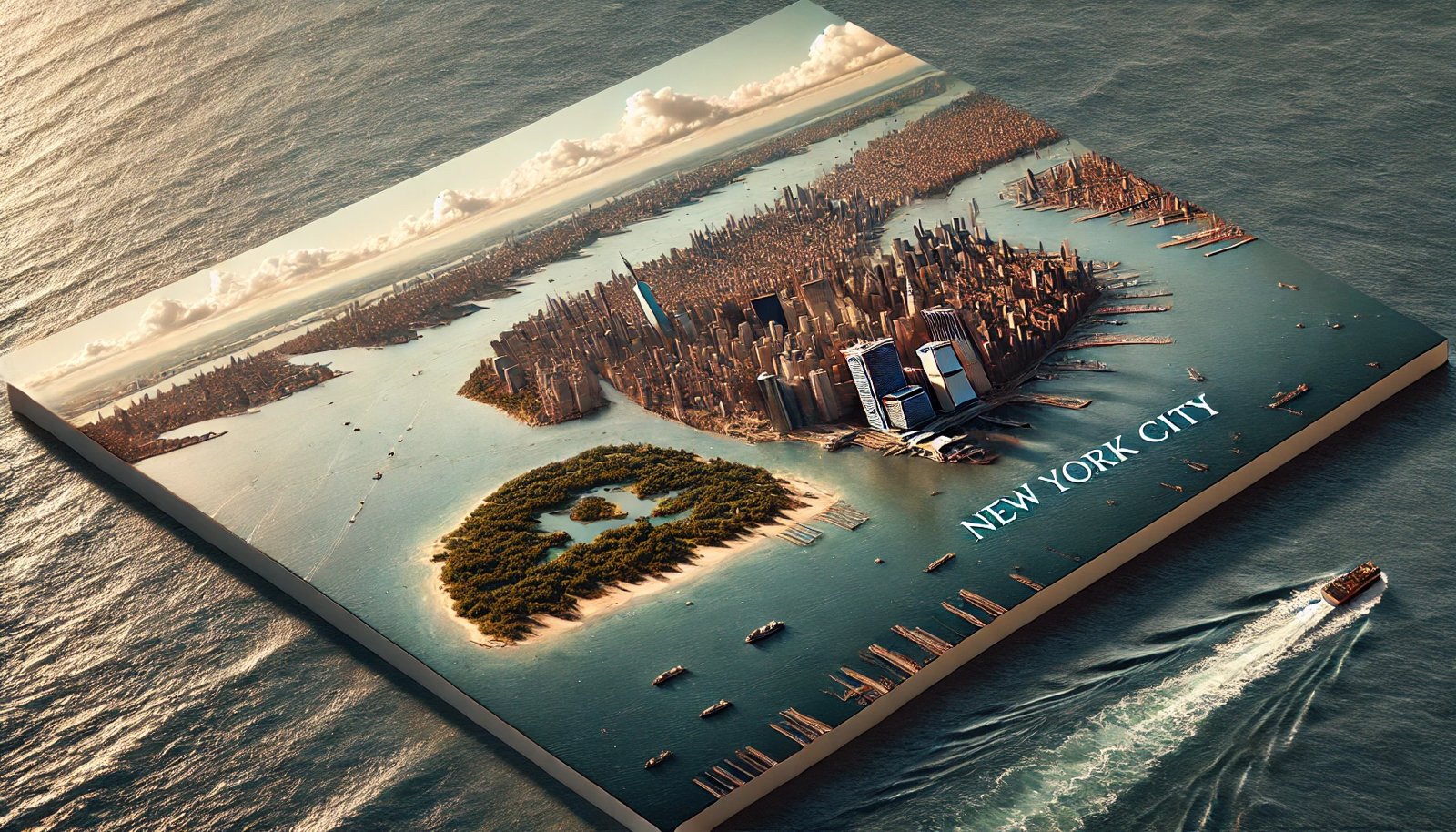
Is New York City an Island or Peninsula?
New York City's geography is as diverse as its culture, sparking questions about whether it's an island or a peninsula. Its unique layout across five boroughs, including Manhattan's island and the mainland Bronx, shapes its vibrant character. Understanding New York’s complex structure reveals how geography has influenced its cultural and economic development.

What are the geographical advantages of New York City?
New York City's geographical advantages have been pivotal in shaping its role as a global hub for finance, trade, and culture. With a strategic location, natural harbor, extensive transportation networks, and diverse landscapes, New York continues to be a beacon of economic growth and cultural diversity, influencing not only the U.S. but the entire world.
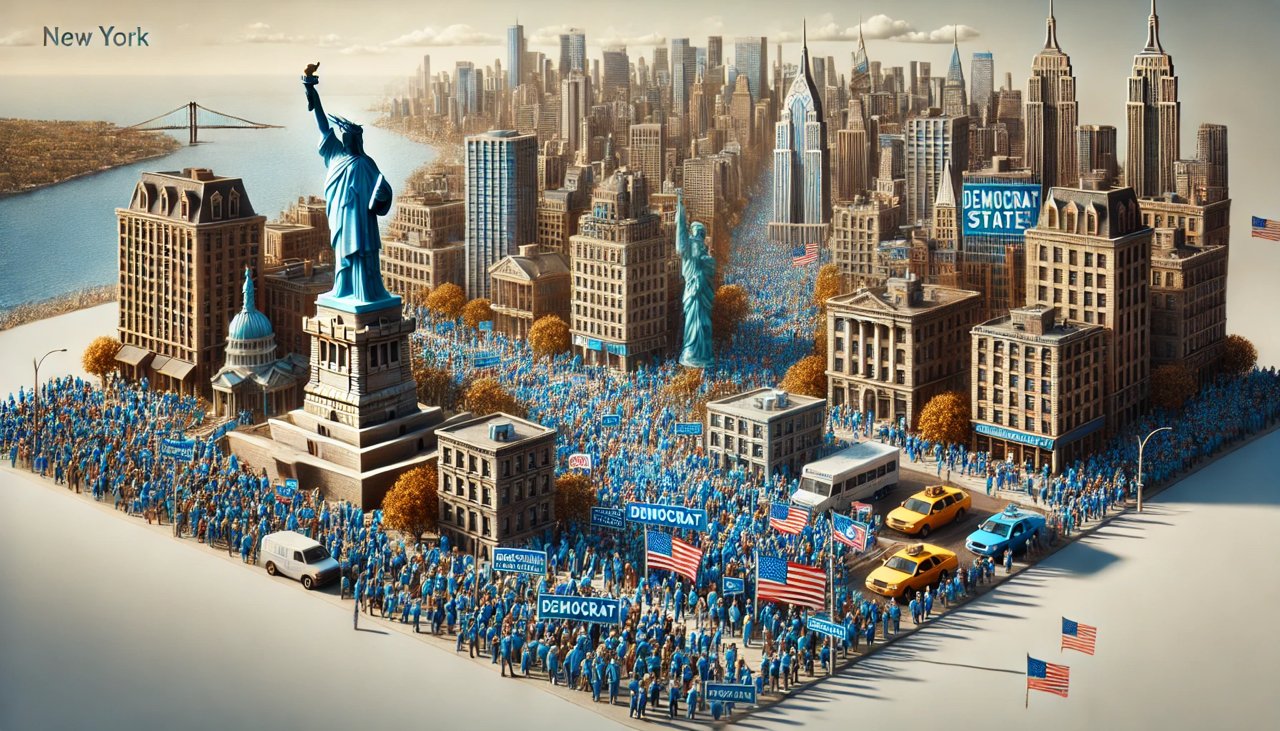
What is the reason New York has become such a democratic stronghold
New York City's Democratic dominance is rooted in its unique historical, demographic, and socioeconomic landscape. From Tammany Hall’s influence on immigrant communities to modern urban dynamics and socioeconomic factors, a rich tapestry of elements has shaped New York as a Democratic stronghold. Understanding this evolution sheds light on the city's enduring progressive influence in American politics.
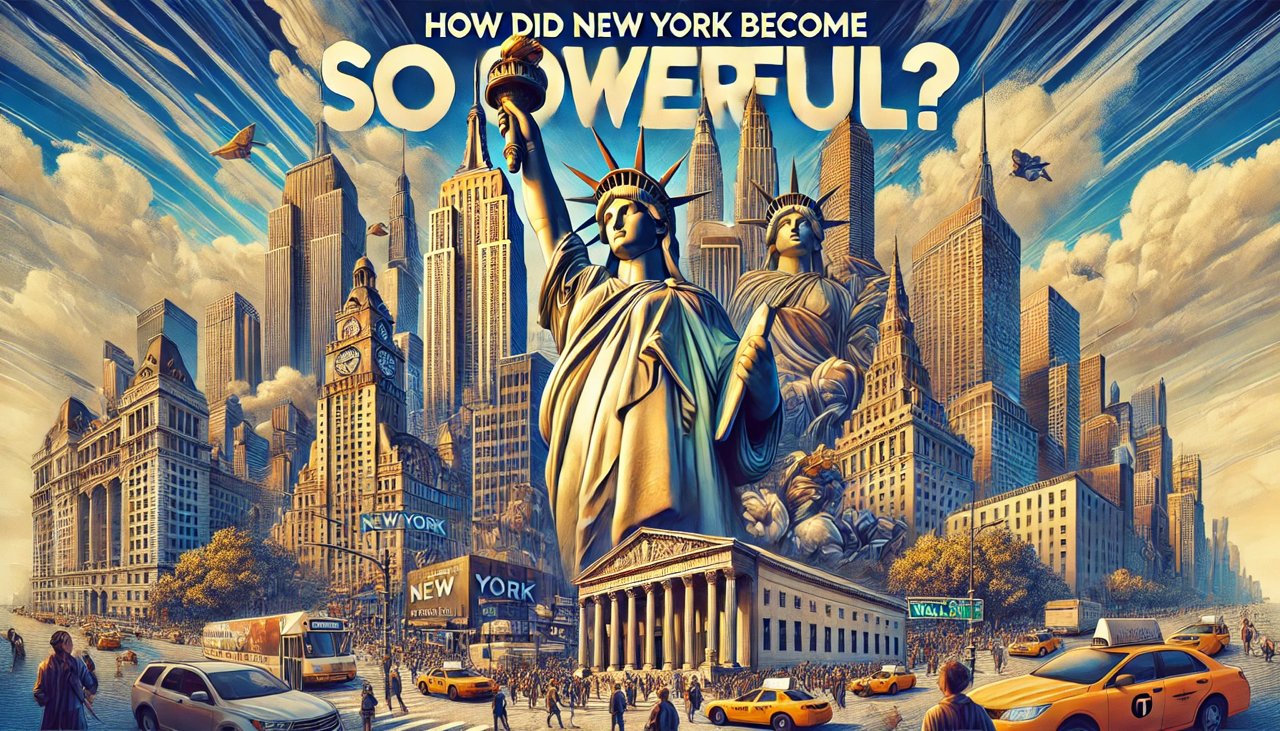
How did New York become so powerful
strategic geography, economic powerhouses like Wall Street, cultural diversity, and resilience through adversity. From its role as a global financial hub to its cultural melting pot of neighborhoods, this city remains an emblem of opportunity, growth, and influence.
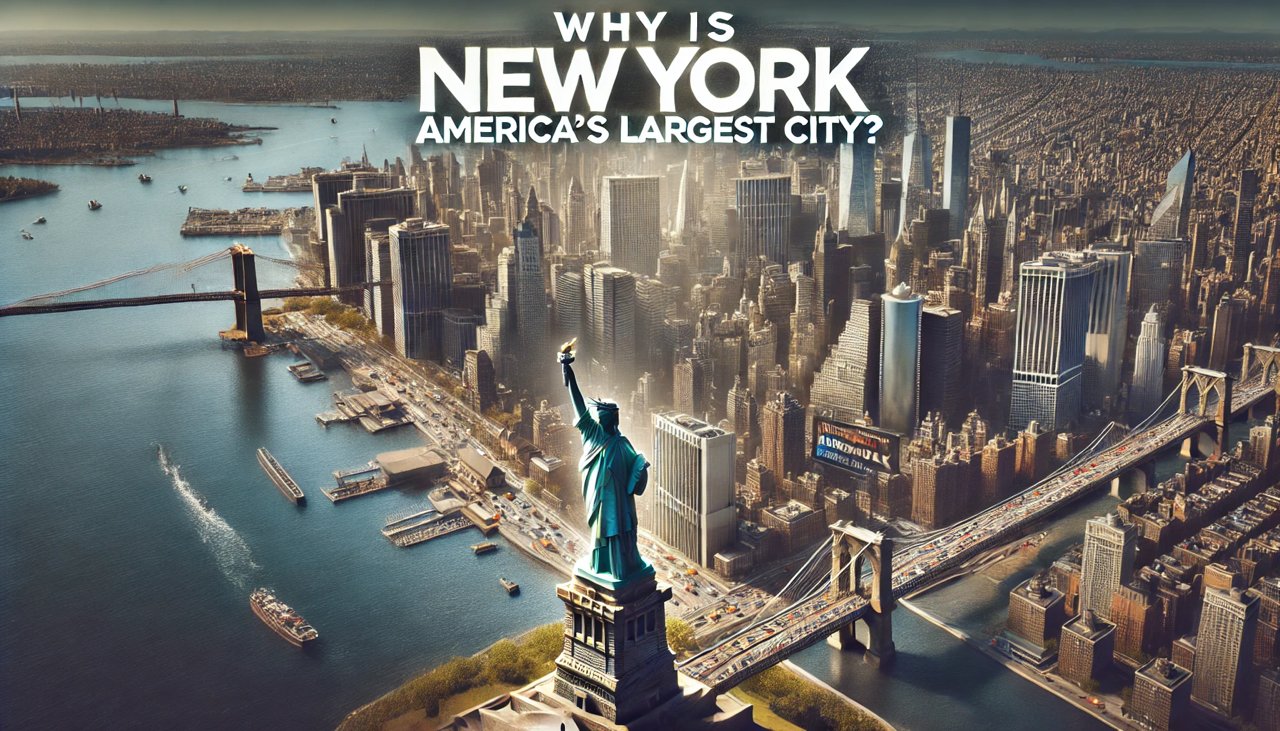
Why is New York America’s largest city?
New York City, often referred to as "The Big Apple," is the largest and most diverse city in America. Its economic power, cultural richness, and vibrant neighborhoods, combined with strong infrastructure and world-renowned institutions, have shaped it into a global hub. From Wall Street to Broadway, New York continues to thrive as a center of opportunity and diversity.